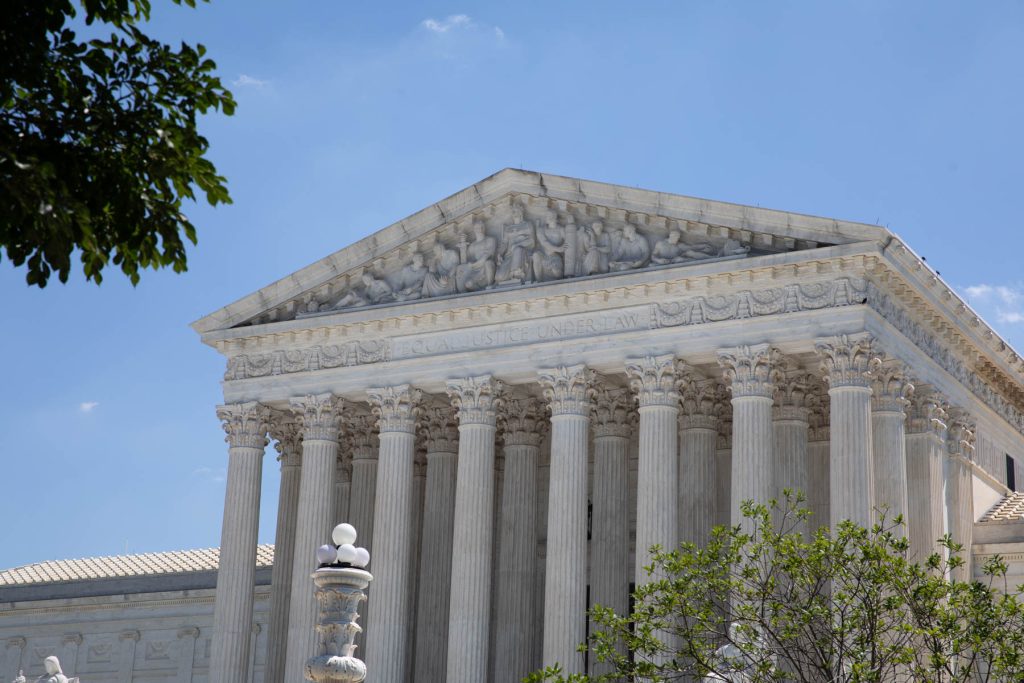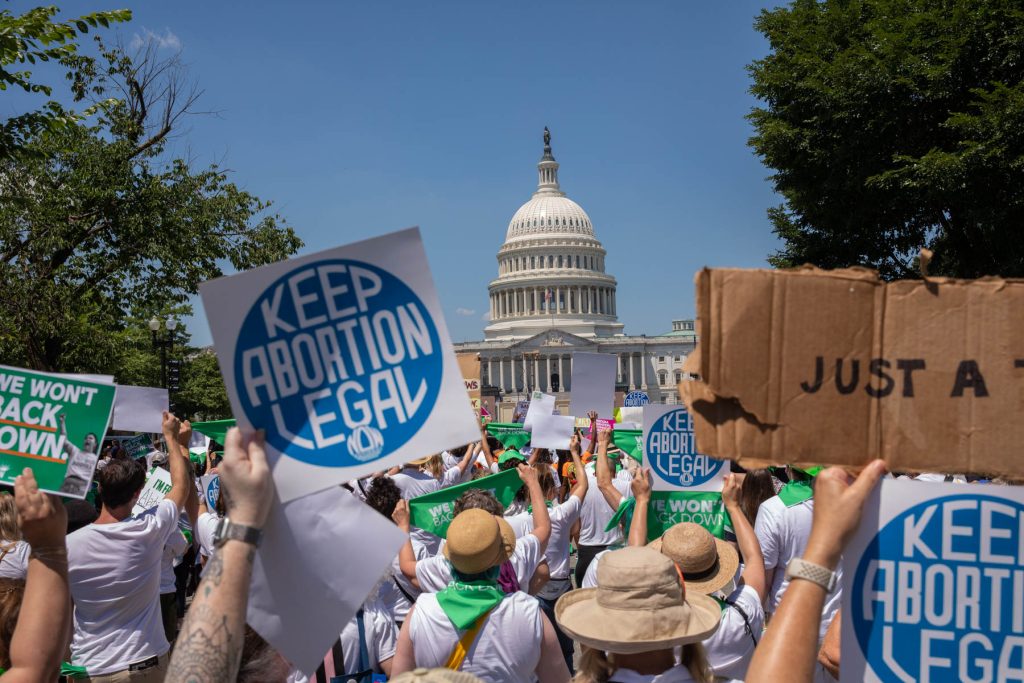It was clear since March that COVID-19 would be the top story of the year, for New Mexico and nationwide.
If you look back at our list, COVID-19 touched on every topic this year. From the impact on the budget to the need for two special sessions, COVID-19 reshaped every aspect of New Mexicans’ lives.
On March 11, Gov. Michelle Lujan Grisham announced the first confirmed cases of the disease in the state, and declared a public health emergency over COVID-19. She banned any gatherings of 100 or more people.
This came as the disease was largely unnoticed in the United States, but was raging in China, Italy and other countries. Soon, the impacts would be seen in New York and other northeastern states, and then in states nationwide.
The actions by Lujan Grisham and her administration were a preview of more restrictive public health orders that would come, lasting unbroken through the end of the year, and likely for at least a significant portion of 2021.
As the governor and state Department of Health sought to balance the economic impact on slowing the spread of the disease, the restrictions on businesses changed.
Most notable was the decision in mid-November to enact a “pause” for two weeks, closing all non-essential businesses.
The reason for this pause was a massive increase in cases, hospitalizations and the predicted (and confirmed) increase in deaths.
It was 238 days between the state’s first case and its 50,000th in early November. It took just 28 days to get from 50,000 cases to 100,000 cases, a mark the state reached in early December.
Deaths had a similar exponential trajectory. Earlier this month, Gov. Michelle Lujan Grisham noted it took 234 days to reach 1,000 COVID-19 deaths, but just 48 days to go from 1,000 to 2,000 deaths.
By late December, the state had found over 141,000 cases of COVID-19 and over 2,400 deaths related to the disease.
There was a light at the end of the tunnel in mid-December, with the arrival of the first batch of Pfizer vaccines, this shipment earmarked for frontline healthcare workers. Future batches of the Pfizer, and Moderna vaccine, will be allocated to populations based on need.
But officials, both in New Mexico and nationwide, acknowledge that the number of vaccines needed to beat back the disease wouldn’t be administered until well into 2021.


















